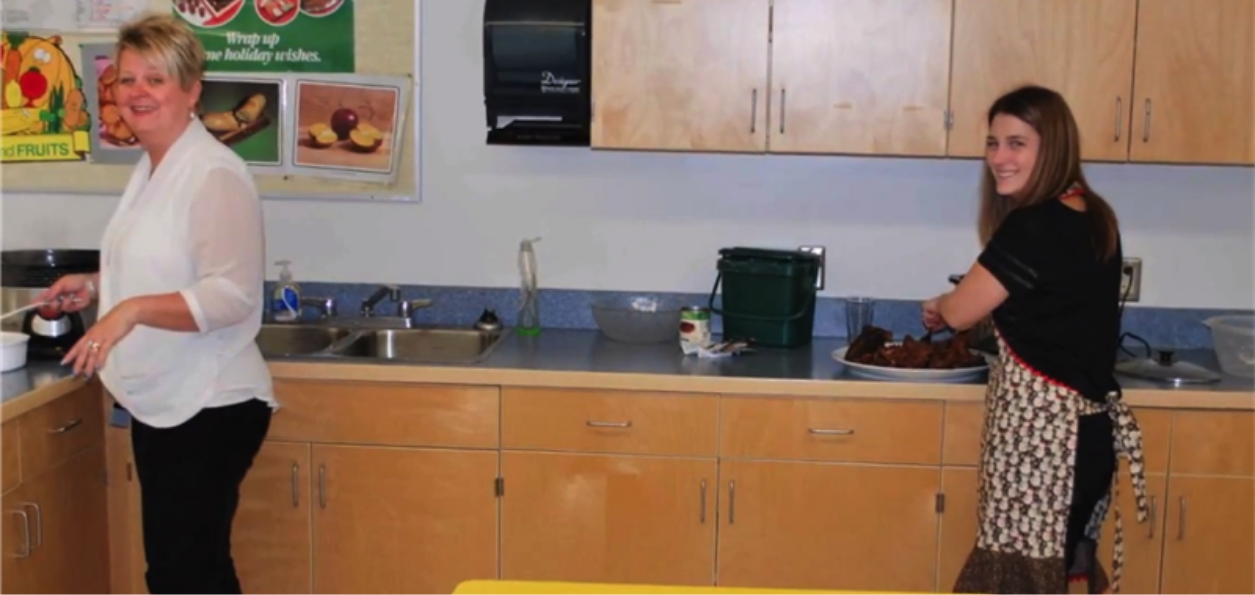We are an urban school in Langley. Our Choices Program offers an alternate school for students in grades 10-12. We also have adult students who are coming back to complete high school or to upgrade courses. We are not a typical 9-3 school, we run courses from 9 in the morning to 10 in the evening.
Our population of students from all different stories and backgrounds. Some of the more common reasons they come to us are: bullying, anxiety, young parents, and bad experience in a normal high school. We try and provide out students a safe environment where they can feel welcome and supported.
We noticed that a lot of our students were either coming to school hungry or had no food to eat while at school, and if they did it was fast food or heavily processed foods. We discovered that they thought eating these foods all the time was fine and not harming their health.
We wanted to know how can we teach them healthy eating and cooking skills that were accessible and simple enough to use at home?
The key areas we focused on were:
- Healthy food knowledge
- Basic cooking skills
- Creating a safe and inviting space for all students
We started a weekly drop-in cooking group where we would make a meal or desert that was a healthier alternative to pre-packaged processed foods. We focused on basic cooking skills and simple recipes that students could make on their own.
We also made it as non-threatening as possible, students were welcome to come and help cook, just hang out and eat or even just grab some food and leave. As the program continued students who were too nervous to cook or even come hang out started branching out a little to simple things like chopping vegetables, hanging out for 15 minutes or even planning our next meal.
We often had leftovers from our delicious meals! We would take our leftovers around the school to our evening classes to serve to other students. This became a “thing” in our school, people waited for us to show up with our latest creation to get them through their evening classes. Any other leftovers were sent home with students or frozen for future hungry students.
This cooking group help build a sense of school community that has been a struggle to create due to our alternate school schedule and students coming and going all day long.
The change could be seen as time went on and the students started participating more and more and more students started showing up. Students would also come in and say things like “I made that soup at home last night!” and you could tell they were very proud of that.
The sense of school community grew and grew as time went on. Students would get excited to see what was coming that night for food. Teachers described their students as happier and more social. Students also commented on how nice and inviting it was that food was served to everyone.
We would like to continue this program next year on a bigger scale. Not only making small meals but also making meals where we can all sit down together and eat. Sharing a meal is something not a lot of students get to do. We would also like to find another way to build on the school community we started so that it continues not only on cooking days, but everyday.
My advice to others is to let your participants guide you, they know their needs the best. Even if you don’t use direct feedback, watch and see what is emerging and build on it.
